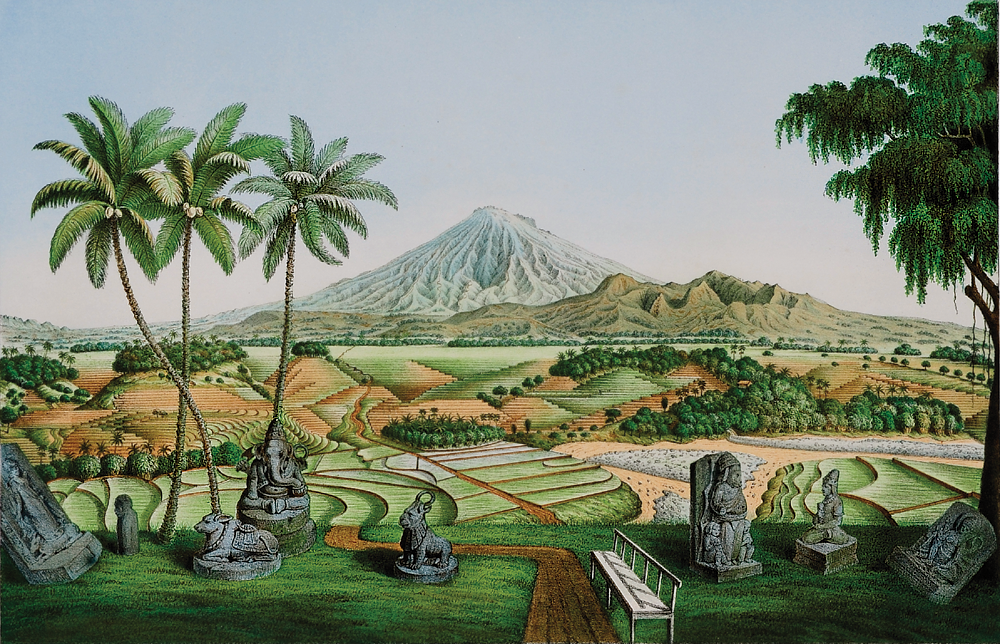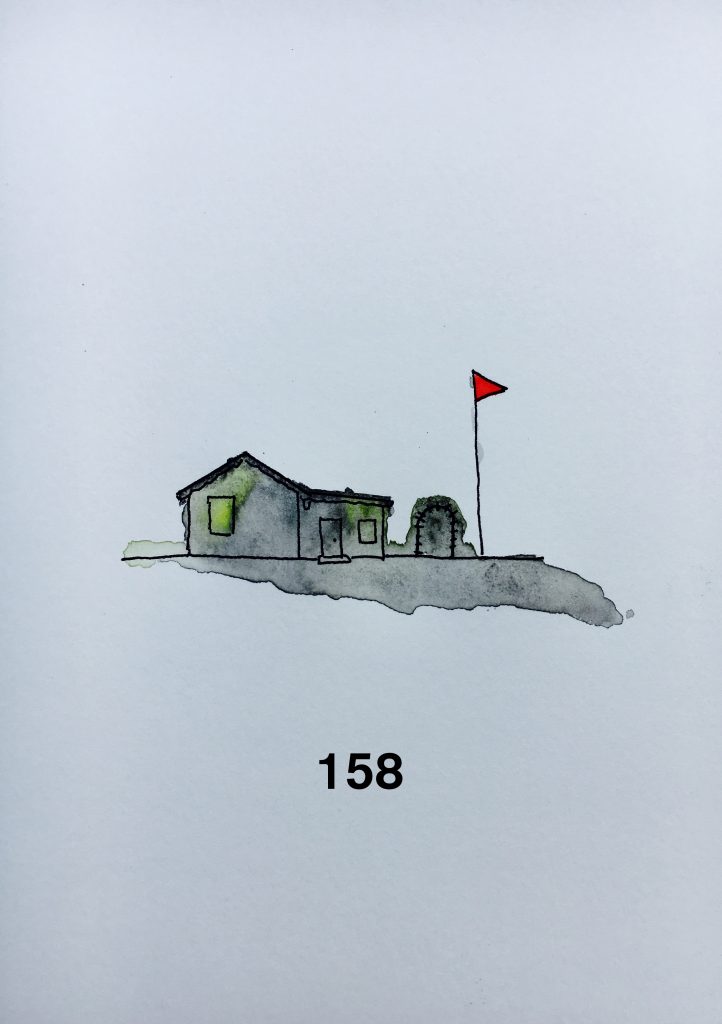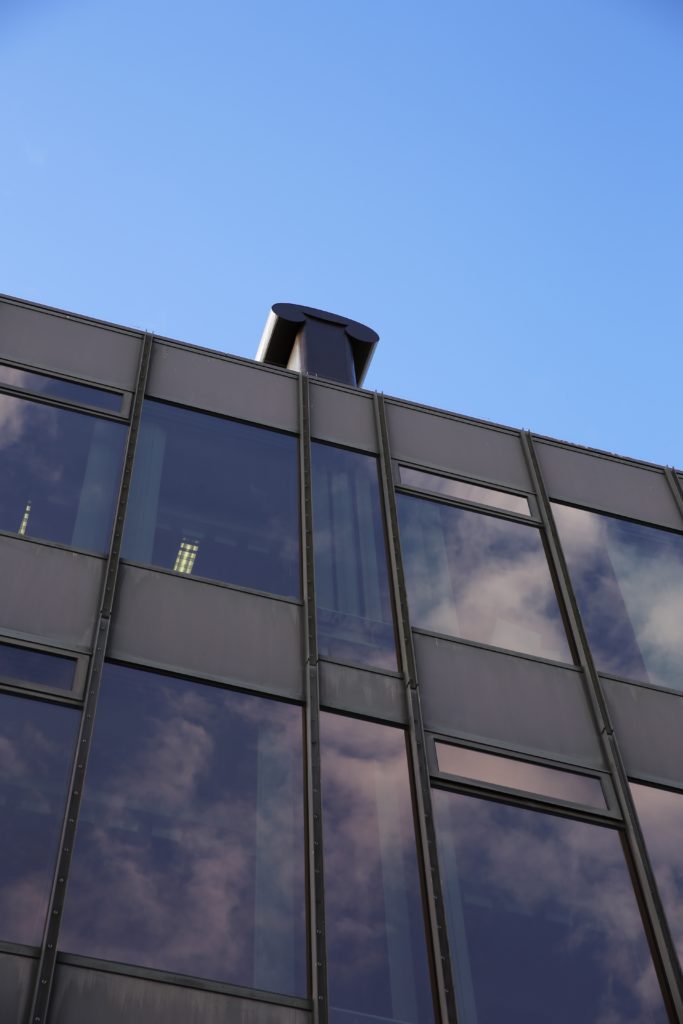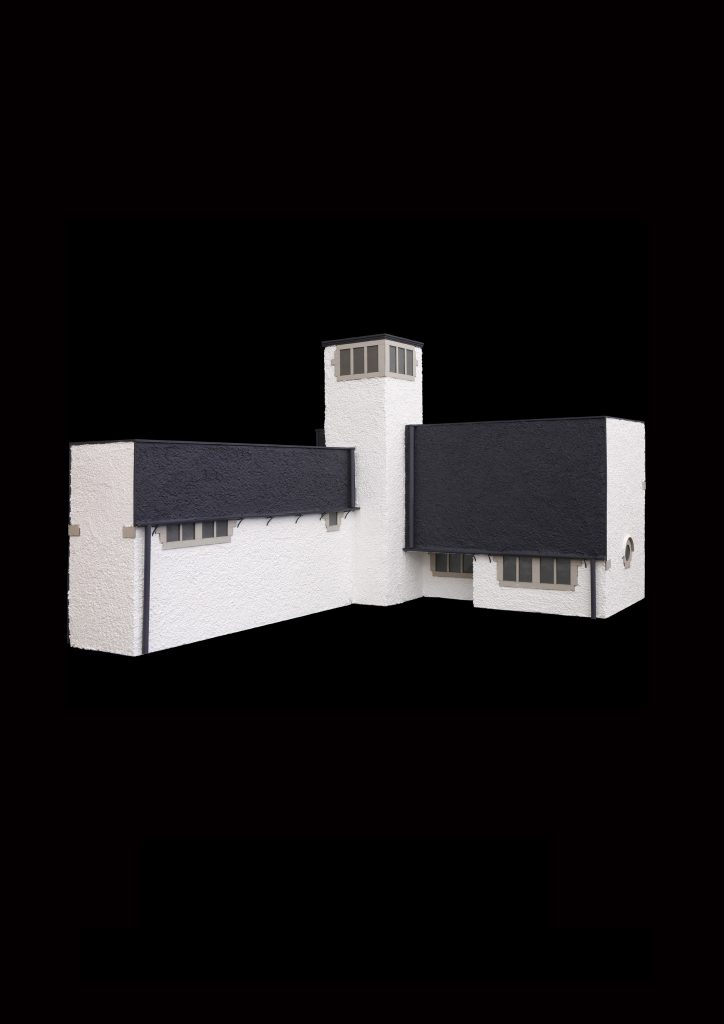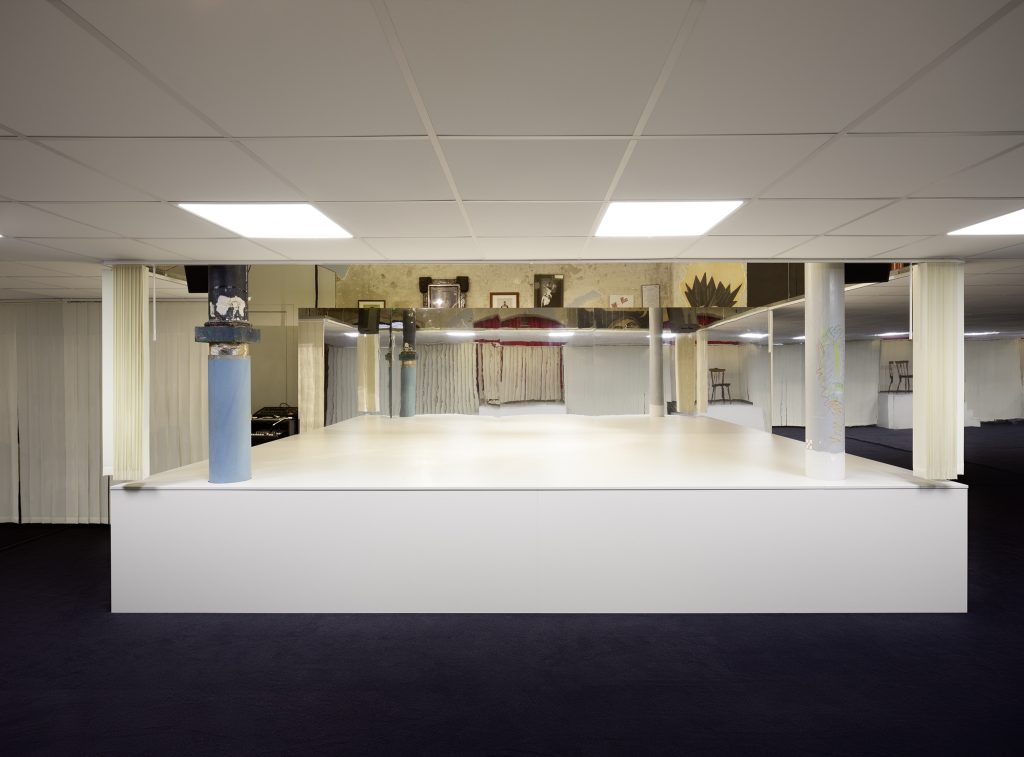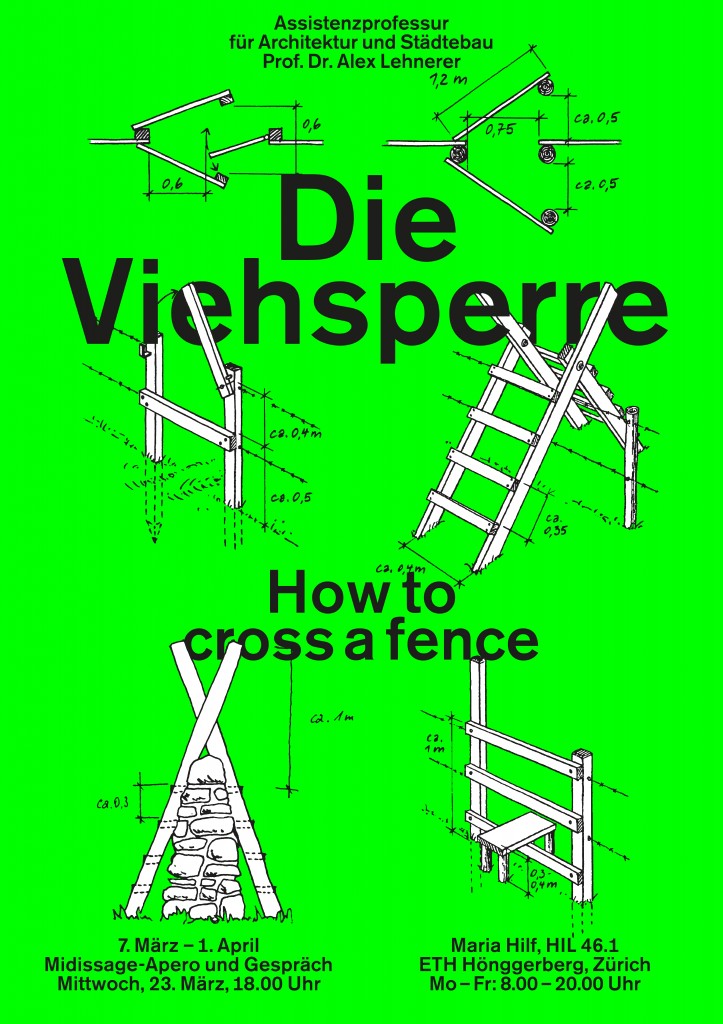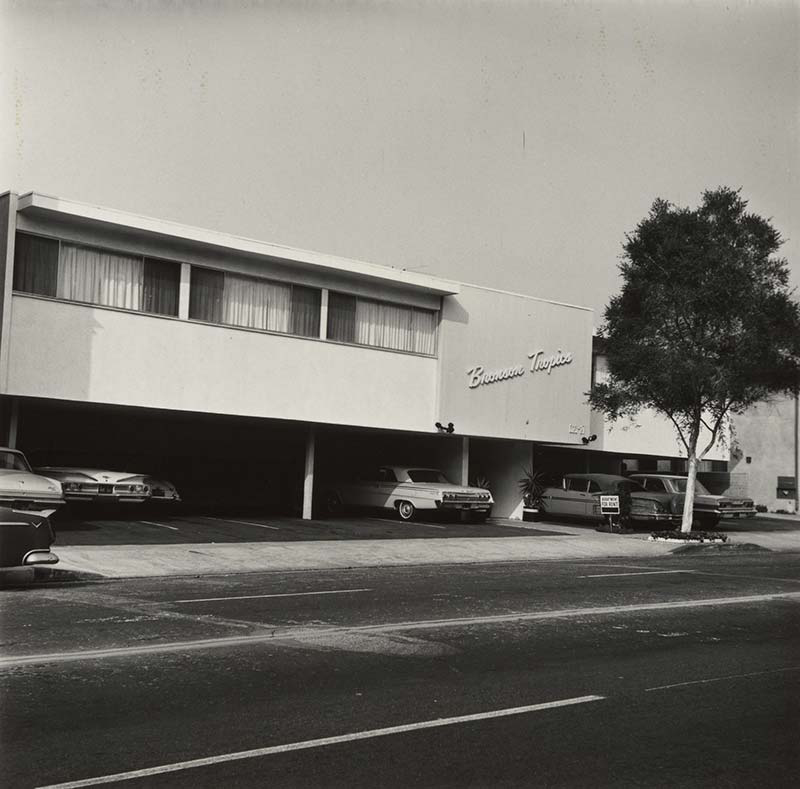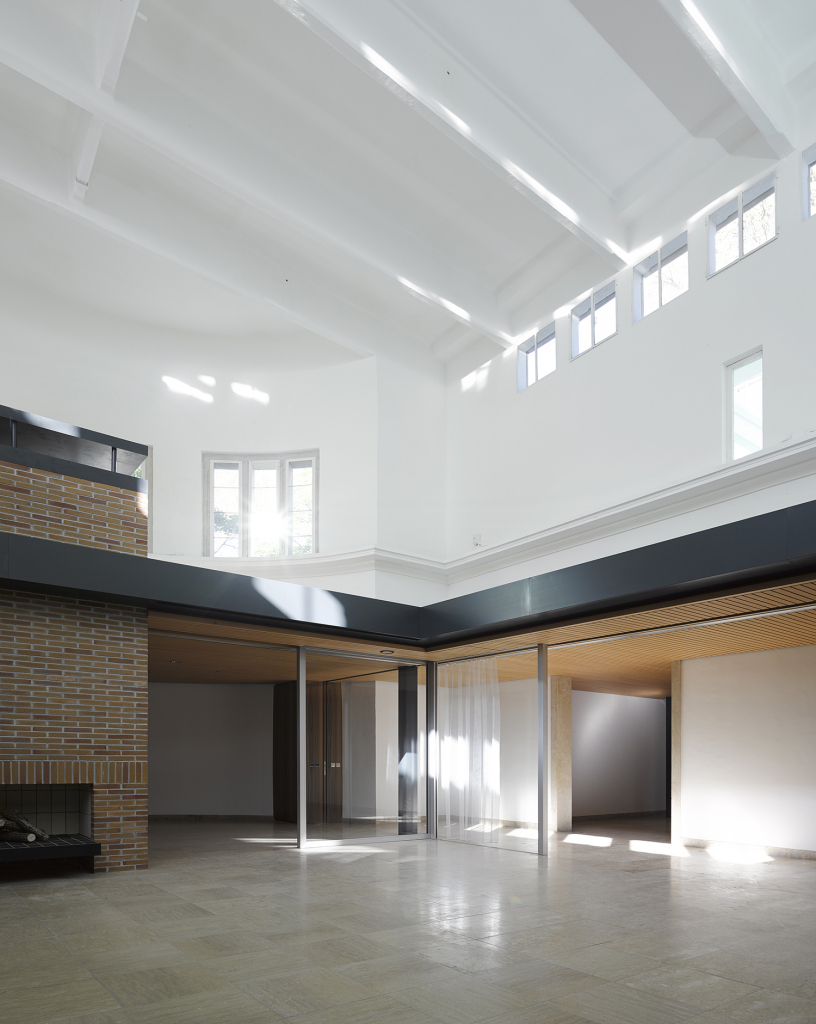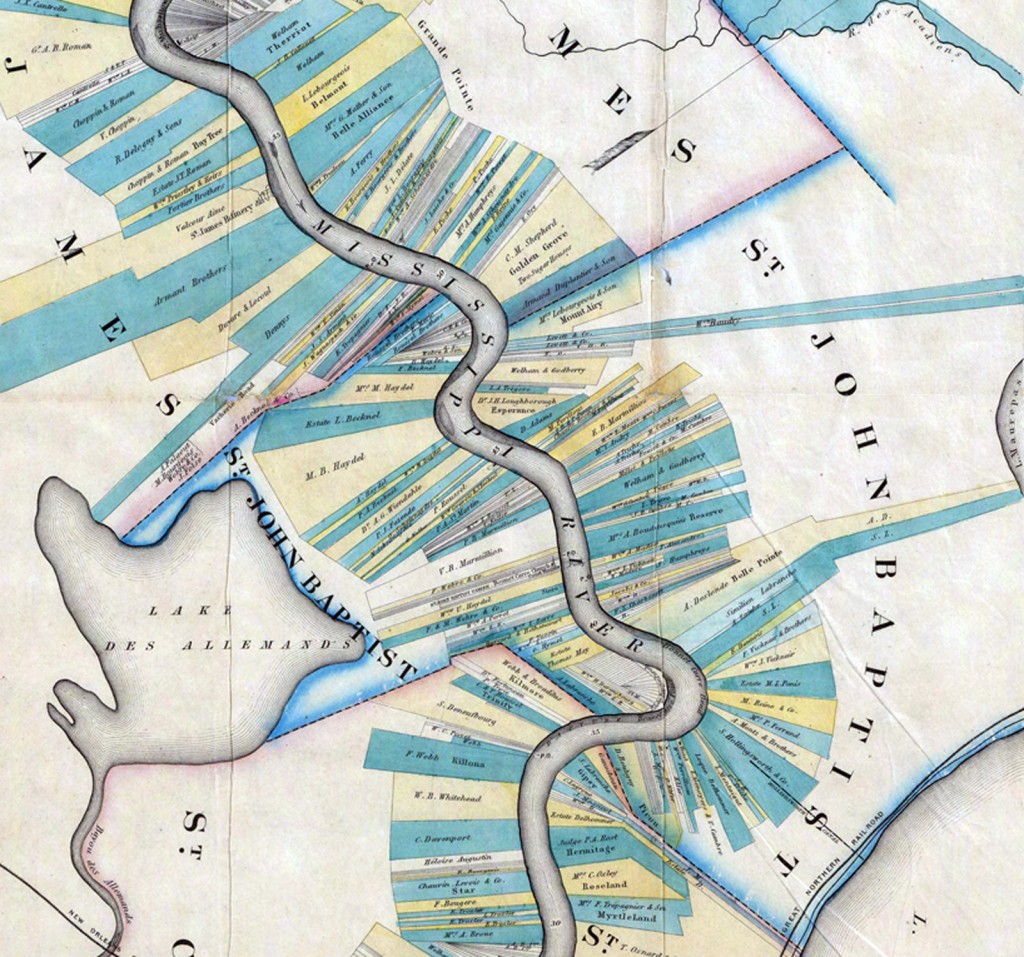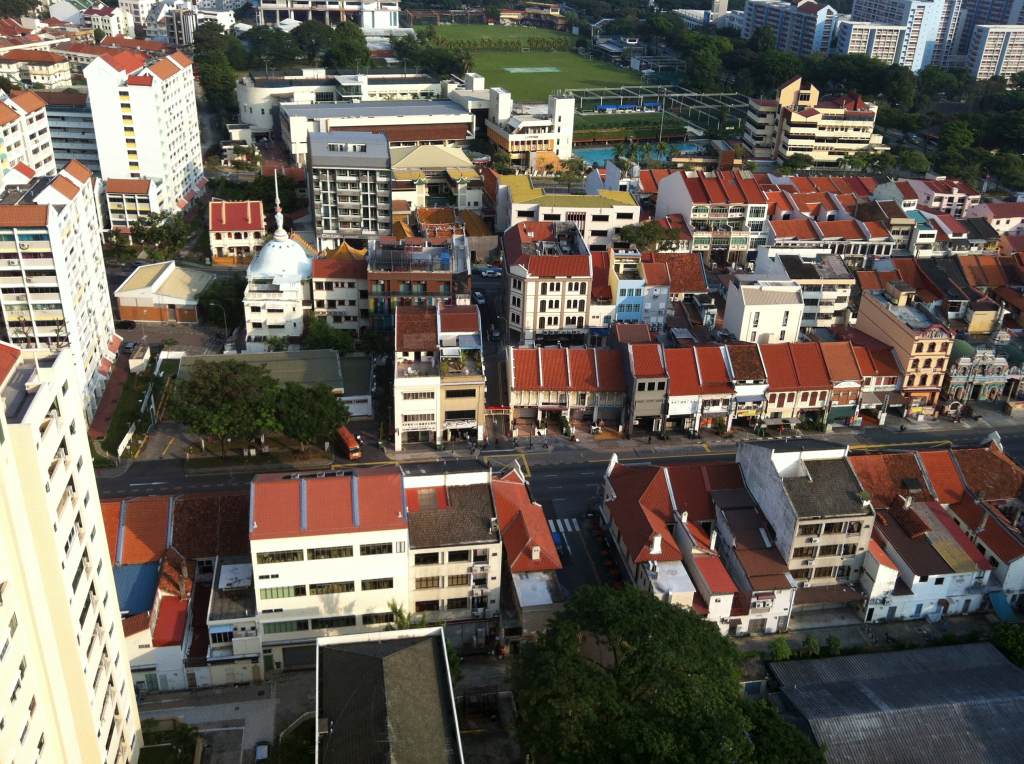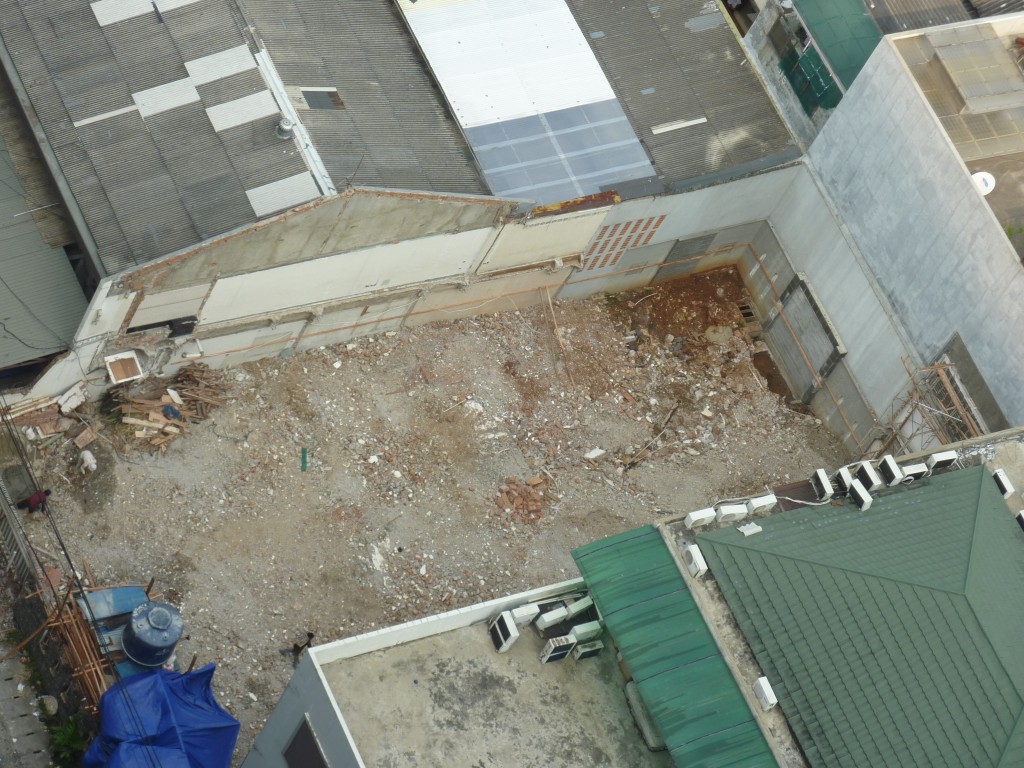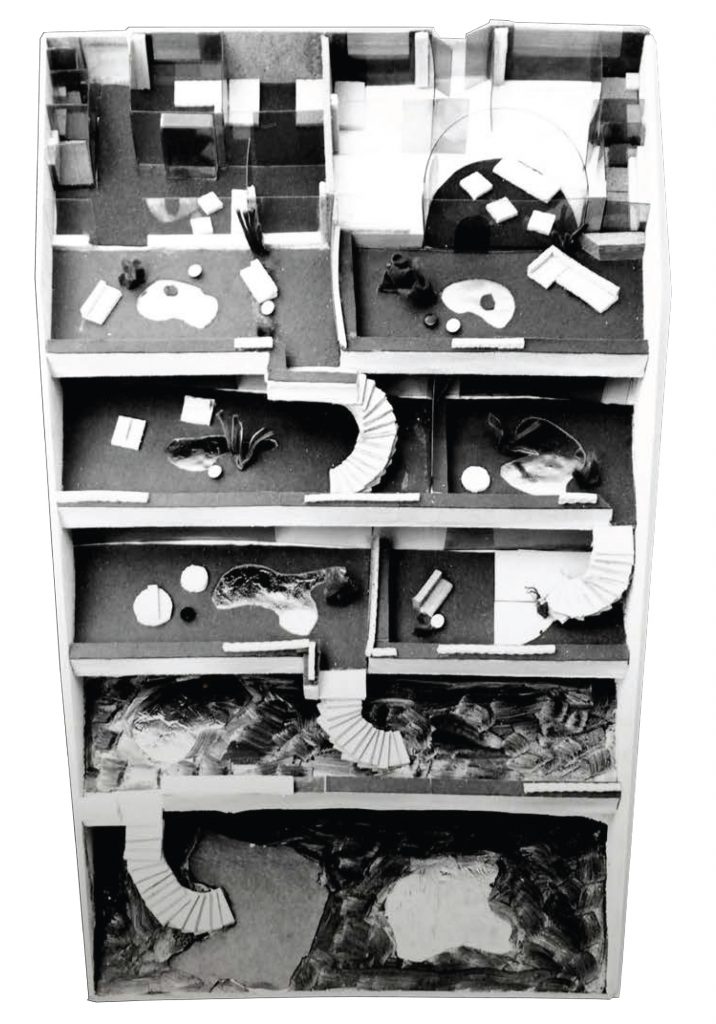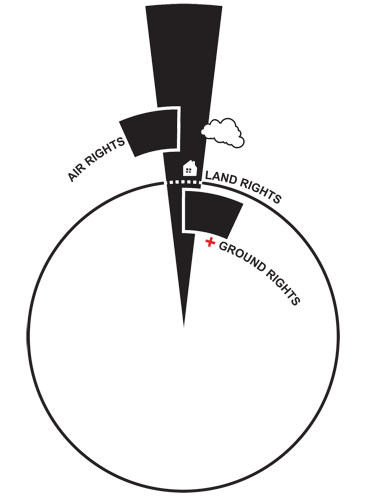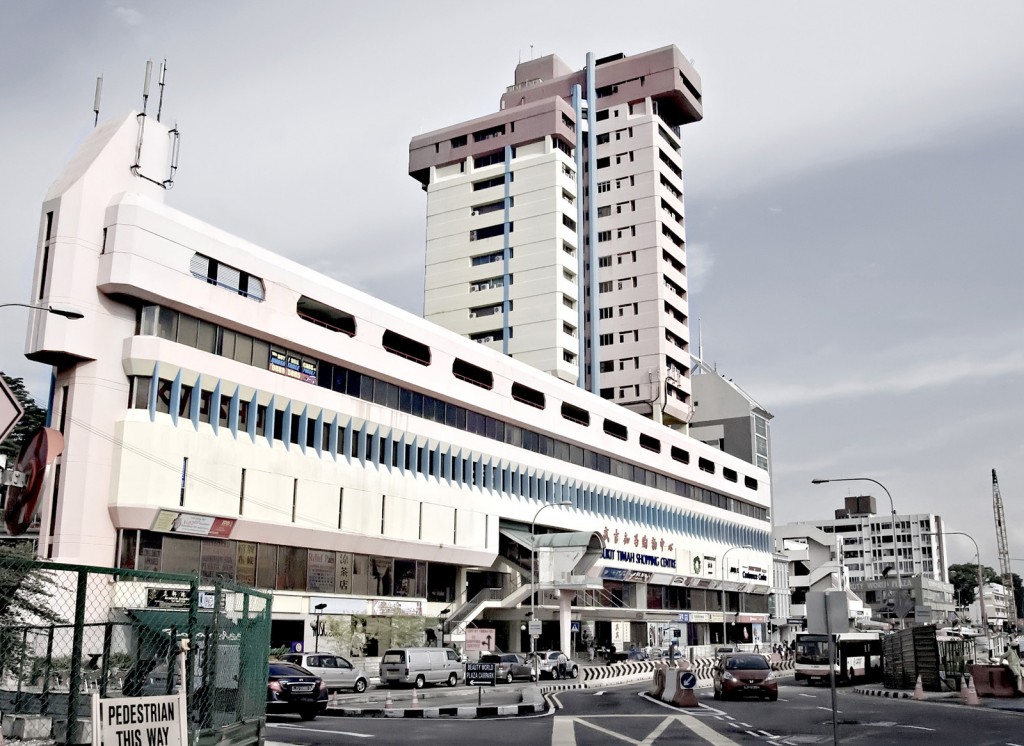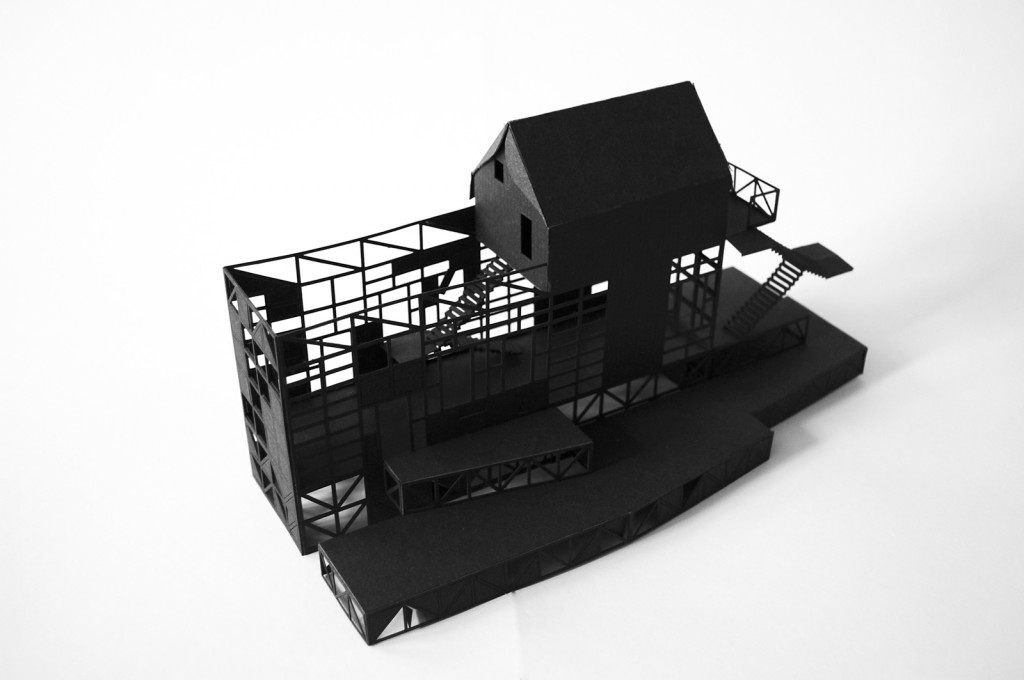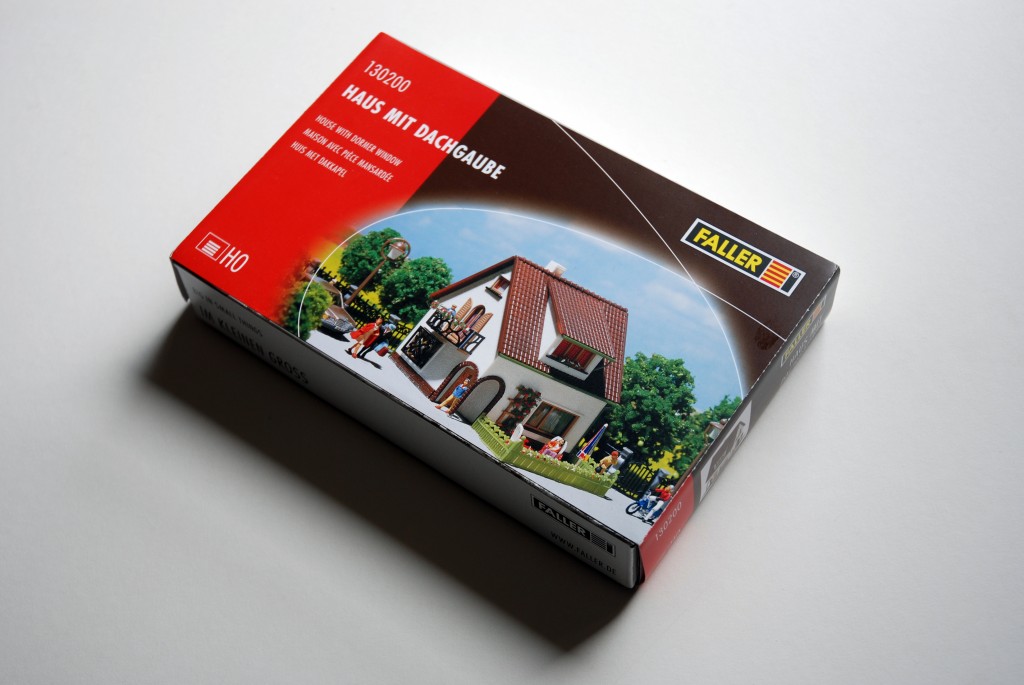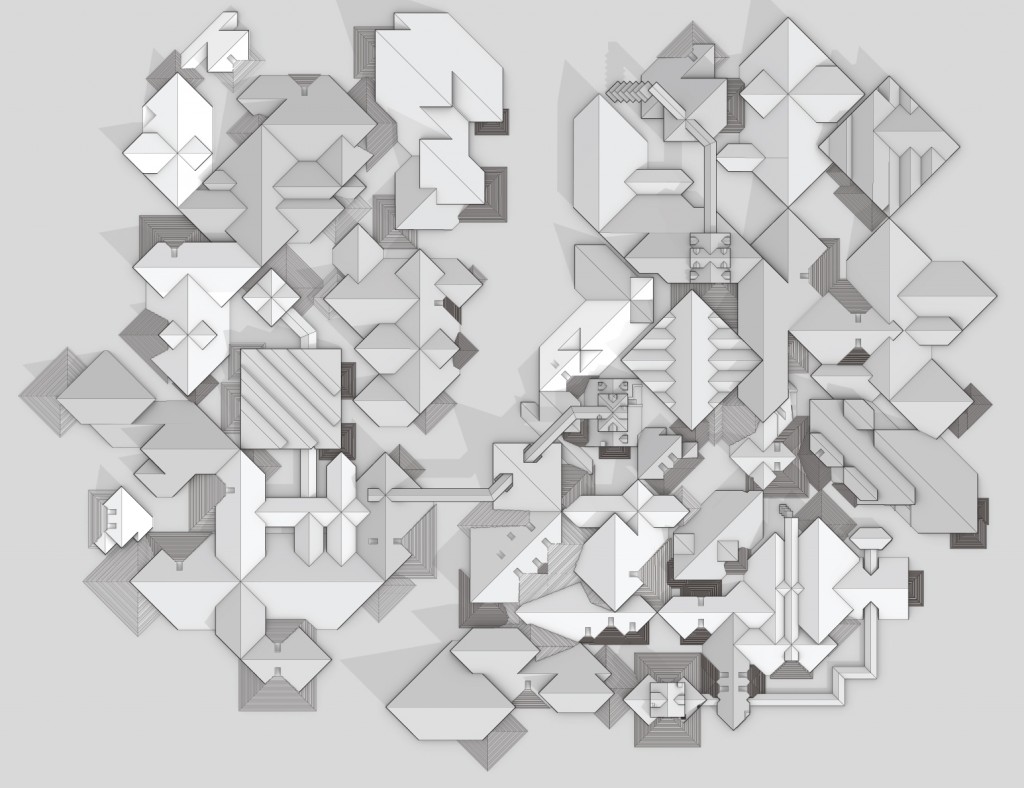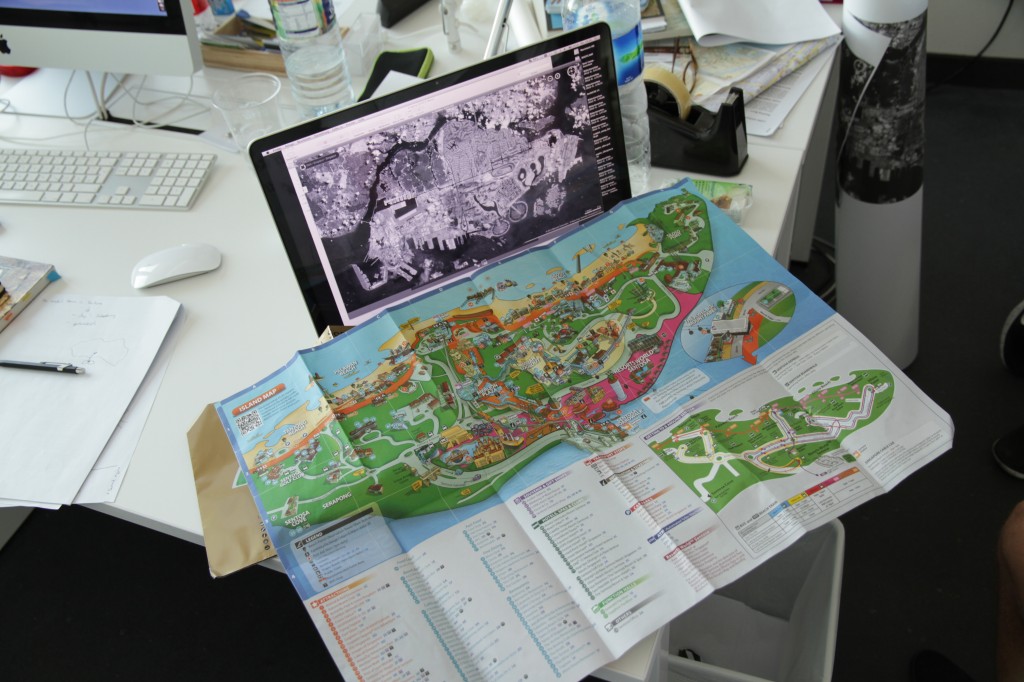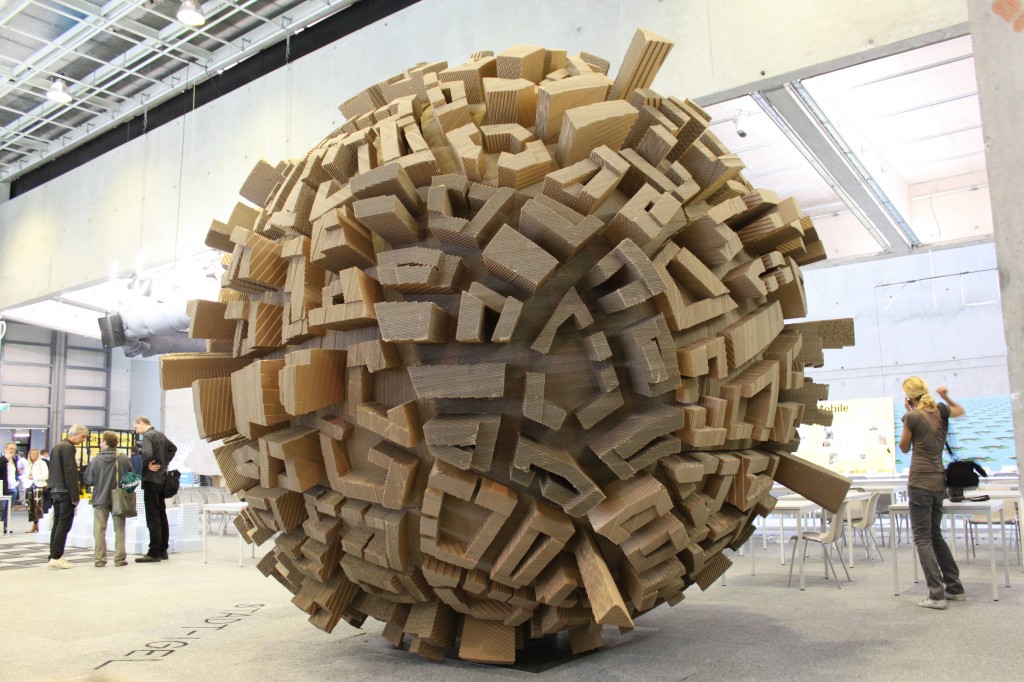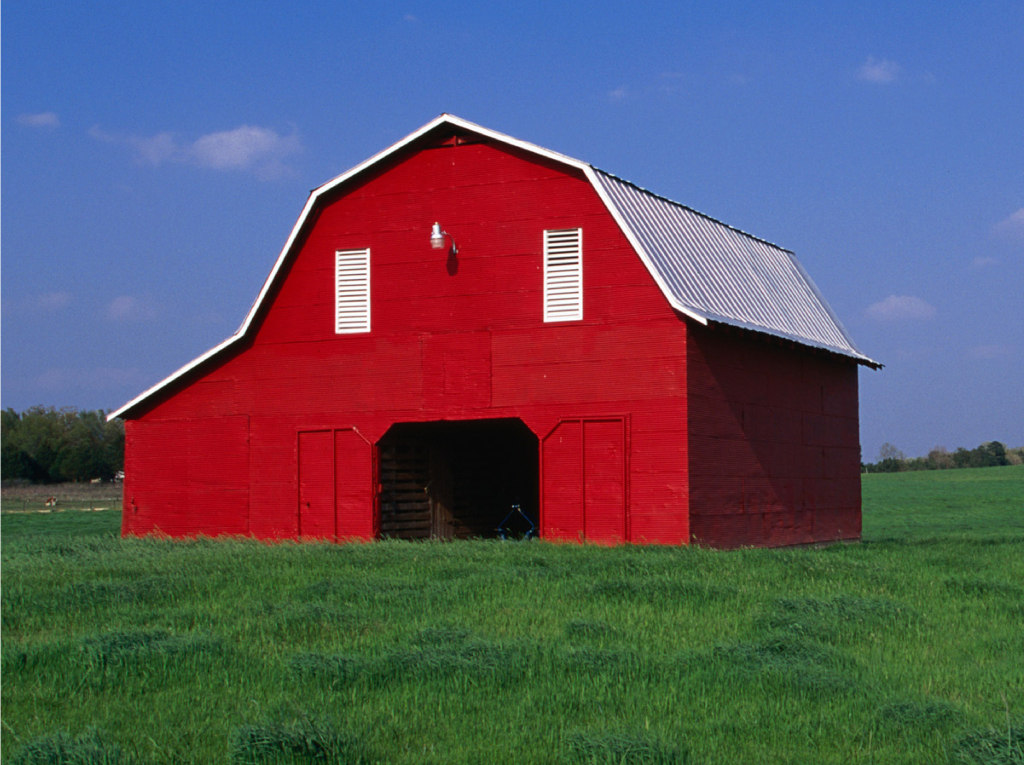The Tourist
A collaborative research and exhibition project by Philip Ursprung and Alex Lehnerer at ETH Future Cities Laboratory in Singapore and the Department of Architecture, ETH Zurich on the topic of tourism and urbanization in South East Asia (2015-2018/2020).
“But what has this to do with architecture?” we sometimes hear at the beginning of a field trip, when we take our architecture students from Zurich to visit a primary forest in Poland, a textile factory in Macedonia, a copper mine in Utah, or the Museum on Polar exploration in Saint Petersburg. The puzzled expression on the faces of students or colleagues who ask the question suggests that it might be more appropriate for architects to focus on architectural monuments or works of art than stroll through the terrain vague outside Marseille or meet with activists in a squatted space in Athens. On the other hand, those who ask do not seem concerned that we are wasting time. They share our interest of expanding the field of architectural perception. But they are also curious to hear more about the methods used in our journeys.
To provide answers to the question “What has this to do with architecture?” is the objective of our research project in Singapore. We intend to reshape the way architects perceive their environment. We want to propose new methods to analyze and to represent sites. We want to expand the horizon of architects. However, by expansion we don’t mean the inclusion of ever-new case studies of cities – the farther away from home the better. We are more curious about the specificity and uniqueness of sites than in typologies. We want to heighten the sensibility for historical, political, economical and anthropological aspects or the built environment, and about the way the man-made and the non-human intertwine.
The journey is obviously a fruitful motive to discuss these issues, since it is a fundamental part of the (self-) education of architects. It interrupts the routine of the studio or office. However, we are not planning to write a cultural history of architect’s travels. We deliberately avoid the term “architect” and replace it with the notion of the “tourist.” The tourist, for us, is a metaphor for the condition of the modern middle-class subject. We consider the notion in an anthropological sense as the modern subject, who disposes of free time, is mobile and finds pleasure in temporarily stepping out of the production process in order to watch others work. It is, in the words of Dean MacCannell, in his book The Tourist: A New Theory of the Leisure Class (1976), “one of the best models available for modern-man-in-general.”
We distinguish the middle-class tourist-architect-researcher from the aristocrat on his Grand Tour. No middle-class academic can afford to travel without interruption for one or two years. The sightseeing of the tourists might partially overlap with the aristocrat’s destinations. But they are intrinsically linked to the limited time of vacations, invitations to conferences, or research grants. We similarly distinguish the figure of the tourist from those who are forced to migrate, for political or economic reasons. The tourist is free to choose to move or not and he is always temporarily away from home. However, we are not eager to distinguish between mass tourism and elite tourism, between tourists eager to relax and those eager to learn. (How exactly could we decide when the work during a conference on, say, Hawaii ends and leisure starts?) We like the ambivalence of the notion of the tourist which comprises architects and clients as well. Furthermore, architects have to know how tourists think. Not in order to build resorts for the tourism industry but in order to better understand the needs of a middle-class client who desires to be at home and simultaneously not at home. The flexible, ambivalent notion or the tourist inevitably confronts “us” – i.e. members of academe, and thus of a mobile middle-class who can dispose of leisure time and who enjoy to make it productive – with our mirror image. As Claude Levy-Strauss has stated, one tends to travel to find out more about oneself.
Every tourist needs a guide since tourists are never the first to discover a site and never alone. In fact, the site has to be transformed into a “sight”, so to speak, in order to be perceivable by the tourist. The world is already discovered and mapped. We therefore follow the paths of an explorer who travelled to Java around the mid 19th century in the service of the Dutch colonial empire, namely Franz Wilhelm Junghuhn (1809-1864). Junghuhn, a botanist, geologist and physician of German origin travelled extensively in Java and published a series of books and articles in German and Dutch between the mid 1840s and the late 1850s. We will use his travel accounts as guidelines for our expeditions. The aim is not to do research about Junghuhn, nor to inscribe our project into the wide array of research on explorers. Rather, we will use his oeuvre as a methodological device and framework – for instance in focusing on itineraries already made by him. Furthermore, the ambivalent economic situation of Junghuhn – both as a representative of a colonizing power and himself dependent on this power – reflects our own situation as scholars both autonomous and sponsored by various institutions.
Java is already mapped and described by Junghuhn. Our mission is to “complete” this description by our own footnotes. His manifesto Licht- en Schaduwbeelden uit de Binnenlanden van Java (Images of Light and Shadow from Java’s Interior), published in Dutch between 1853 and 1855 and later in German was a proposal for a socialist society on Java, free from Christian and Islamic influence. The exhibition and book project will take Licht- en Schaduwbeelden as subject matter, as the master narrative and main text, so to speak which is annotated and commented by our own work. Research on topics such as tourist resorts, volcanology, agriculture, mining, religion and history will be lead by the various members of the expeditions within the self-imposed rules of the narrative.
More than merely a static representation of the research conducted between 2015 and 2018, the exhibition and the book are a driving force, a motive, for the entire research process. The exhibition and book will provide methodological coherence to a pluridisciplinary research project, which transcends the limits between the fields of architecture, urbanism, art, sociology, geology, anthropology and historiography and allows to mediate between the realm of academe and an interested non-specialist public.
Five expeditions to Java form the backbone of our research. They will take place every semester, last about a week each and consist of a small group of artists and scholars from various academic backgrounds. Each expedition will start with a public introductory seminar and end with a public debriefing seminar in Singapore. Instead of organizing conferences in the frame of the university, we are proposing conferences in situ, a sort of mobile institute of advances studies. Besides the preparation done by the research team at Future Cities Lab 2 in Singapore, every expedition will need scouts, an “avant-garde” so to speak, who prepares the ground for the exhibition. Architecture students from ETH Zurich, in collaboration with students from Java, will be on site for two weeks prior to the expeditions to prepare the terrain.
1st expedition to Bandung, 4.9. – 8.9. 2015
Vanguards: Raffaella Endrizzi, David Moser
Keep yourself posted on: The Tourist Blog
For more information: Adrianne Jorgensen (joergensen@arch.ethz.ch)
